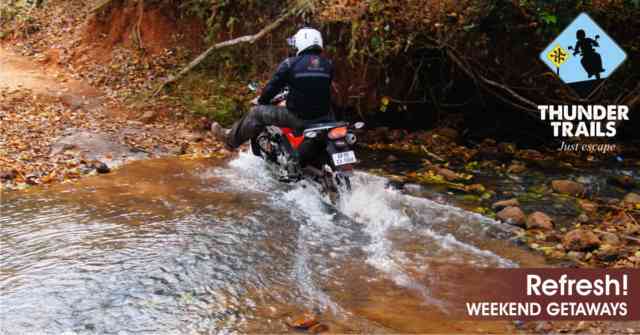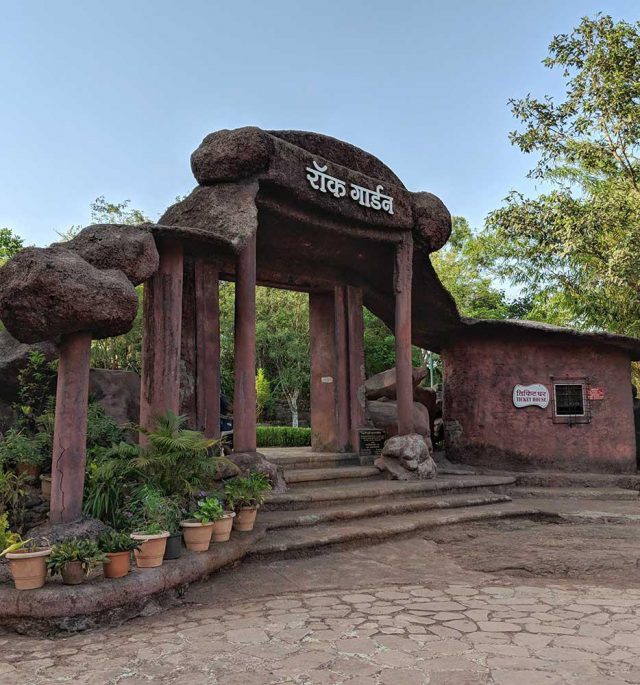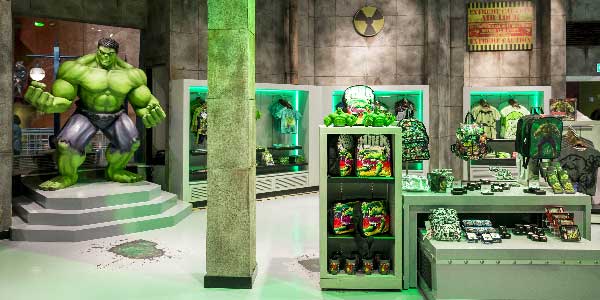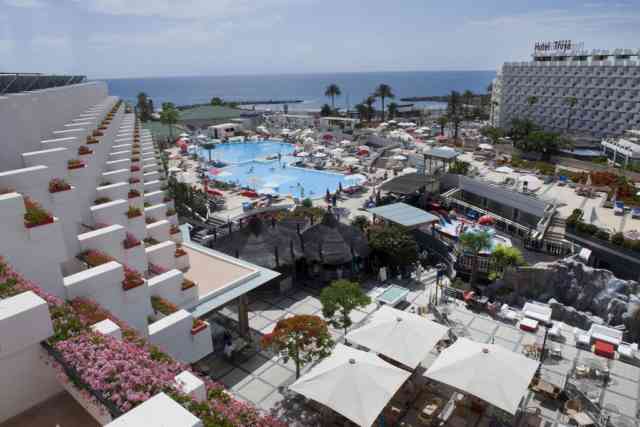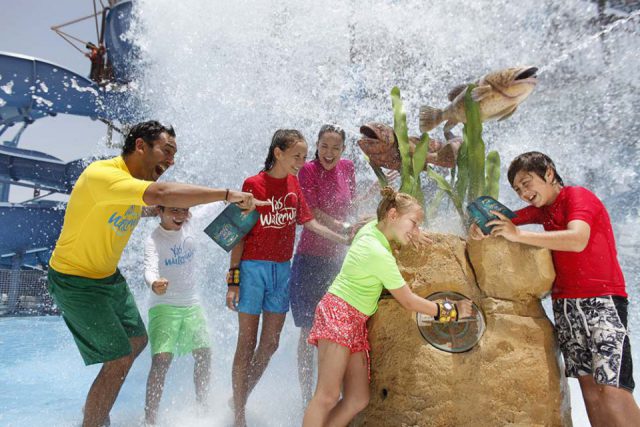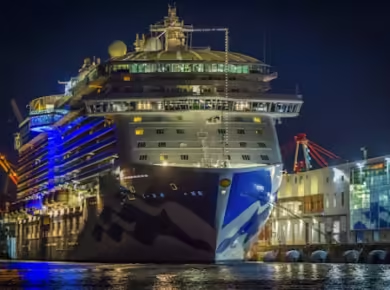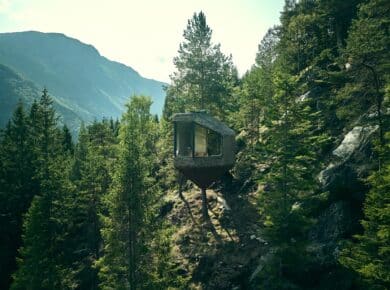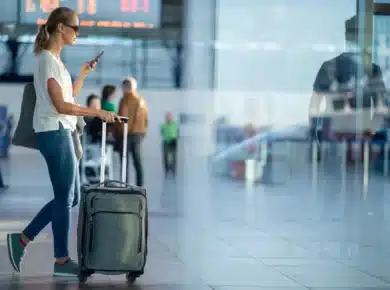There has been a resurgence in interest over the course of the past two or three years with regards to visiting National Parks, due in most part to a nationwide advertising campaign that drew attention to their benefits. For many years, the National Parks of the United States had been seeing decreasing visitation levels, as more and more young people were lured indoors with virtual reality and gaming.
Interest levels in outdoor activities had been declining and taking visitation to outdoor spaces like National Parks with it, and unfortunately this threatens the funding that keeps National Parks open and available to the public. Through the Antiquities Act, federal money is available to the parks that are designated as protected, so as to pay for maintenance and upkeep. Developers have always wanted these lands to not be under federal control so they could utilize them for private industry, but the laws prohibited it.
As tourism waned, the proponents for giving up federal control of these lands utilized the argument that federal funds should not be used for parks that have little interest by the public, making the future in danger. The ad campaign called “Find Your Park” assisted in reversing the declining tourism, and brought a new life to the parks themselves. Some became more popular than others, but probably for reasons that were unexpected.
Zion Canyon
Out of all of the National Parks that were marketed through the “Find Your Park” campaign, Zion Canyon benefited the most. Zion went from depressed tourism numbers to record visitors, while other parks in the area like Bryce and The Grand Canyon only showed good increases. The question as to why Zion became so popular while other parks that offered amenities that were equal if not better remained a mystery until this year, when it was discovered that tourists to these parks generally choose a starting point to use as a hub.
The majority of visitors coming to the parks in the southwestern US who do not live in the area are flying in and then arranging transportation from a major city. Generally this means that they are flying into Salt Lake City or Las Vegas, then traveling around 4 hours to visit the nearest National Parks. What analysts found was that Zion was growing far faster than other parks advertised in the same ads, primarily due to tourists choosing Las Vegas as the starting point.
Zion Canyon is only 2.5 hours drive from Las Vegas, as opposed to Bryce or the Grand Canyon which are over 4. The simple proximity of the park to a major tourist destination created the situation where now Zion traffic is in need of alleviation as congestion from cars traveling from Las Vegas to the park is creating delays. The Park Service is suggesting tours that leave from Las Vegas in order to alleviate the traffic by consolidating larger numbers of people per vehicle.
Zion Canyon National Park is a wonderful place to tour, and Las Vegas is a perfect starting point. It is important to remember however that each park has its own unique characteristics and benefits, and the others in the area are also worth visiting.

